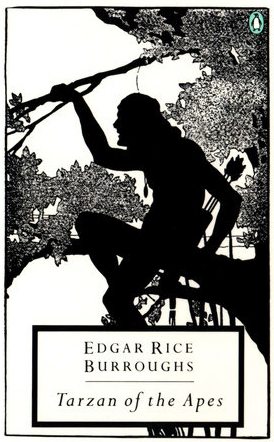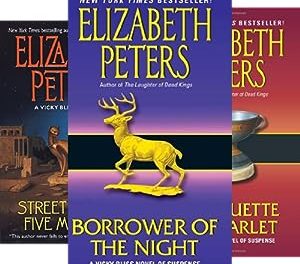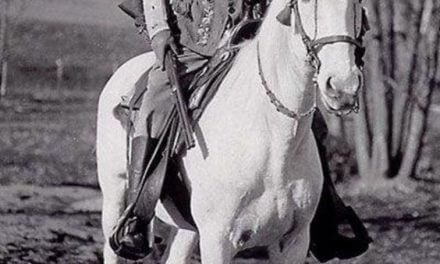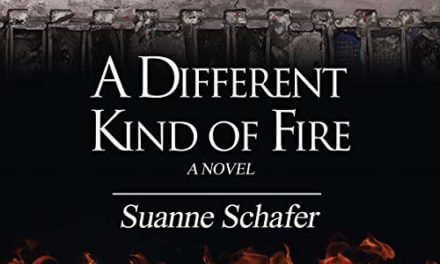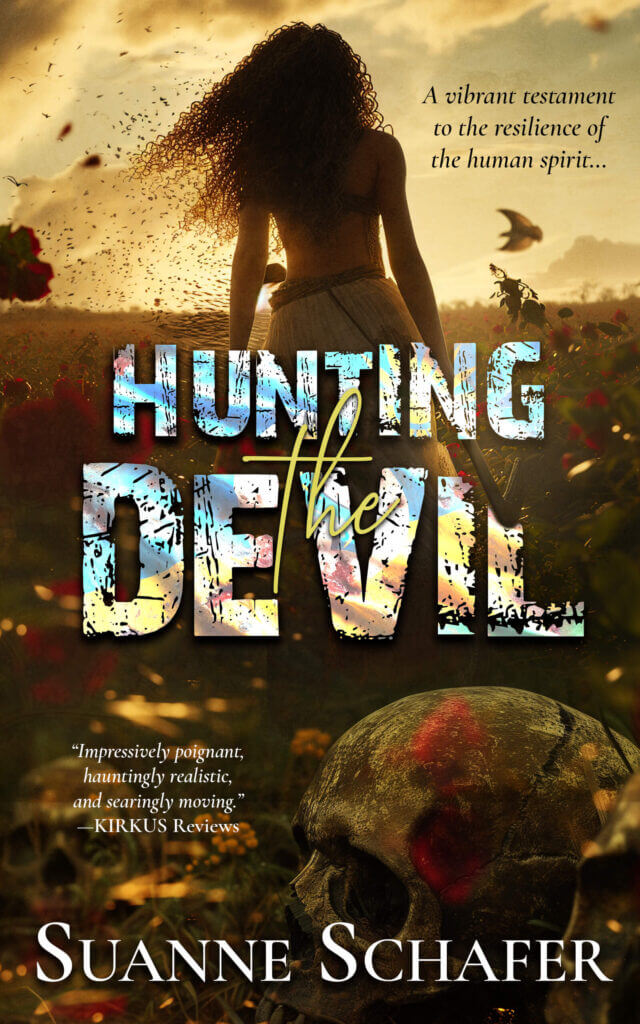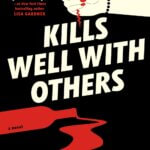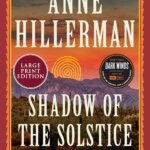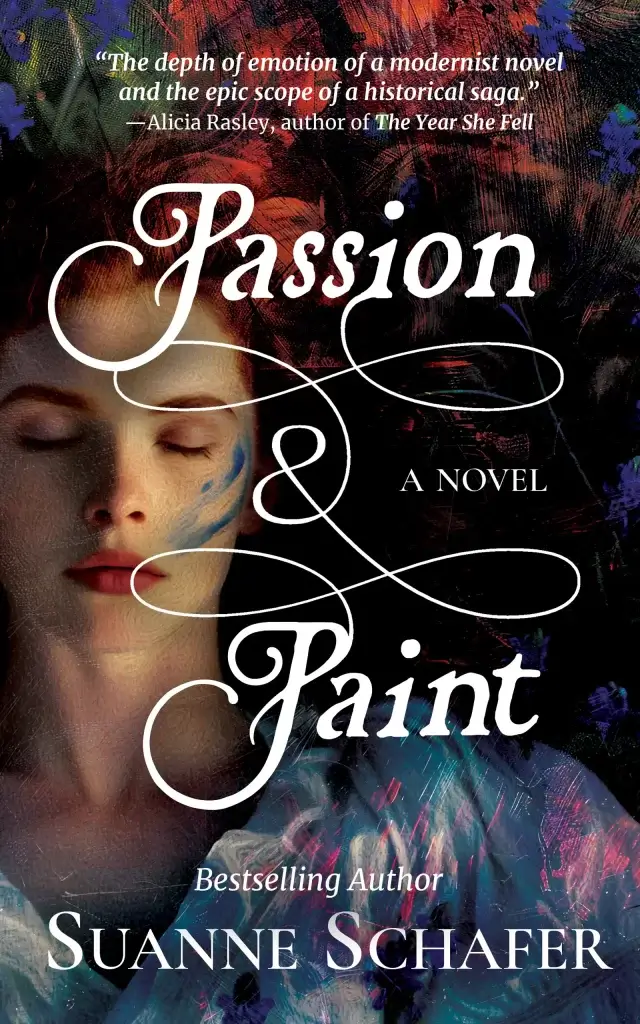My love affair with Tarzan began many years ago, but during a recent midlife crisis, I rediscovered my long-lost love. Little did I realize how far this love would carry me.
Tired of juggling roles as mother, wife, and physician, I yearned to rekindle my creativity. The womanly arts of knitting and quilting weren’t enough any more. Burnout, coupled with the deaths of five loved ones in five years, made me nostalgic for simpler times, for hot summer days on my grandparents’ ranch. Their back bedroom held a wall of shelves laden with everything from Henry Wadsworth Longfellow to Pearl S. Buck to Zane Grey. Back then, reading Edgar Rice Burroughs’ Tarzan transported me about as far from West Texas as a girl could get.
Like thousands of other girls growing up in the fifties and sixties, I adored the Ape Man. The British anthropologist and naturalist, Jane Goodall admits her study of chimpanzees was an attempt to fulfill her dream of living among the apes like Tarzan. I envisioned a serious chick-fight between myself and Jane Goodall over the King of the Jungle. Like Goodall, I’m convinced I’d have been a better wife for Tarzan than Jane Porter, the American girl he married.
To recapture those magical childhood moments, I took a week’s vacation and re-read the Tarzan books of my adolescence—in order. All of ERB’s books, the one finished posthumously by Joe R. Lansdale, and the four Tarzanesque books by sci-fi writer Philip Jose Farmer. After days immersed in the jungle with a quasi-naked apeman, I emerged, came to my senses, and decided to become an author.
Though Tarzan is a product of 1912 America, complete with the racism and stereotypes of the time, he remains a hell of a hero. ERB created a man that captured the imagination of the world—athletic, tall, handsome, tanned by exposure to the equatorial African sun, and built like a Greek god. Tarzan is an emotional paragon as well, loyal and courageous, most often taking the part of the underdog. A feral child, he is intelligent enough to teach himself to read and write. He is generous and devoted to both his ape and human families and to the Waziri warriors who protect his plantation.
I often joke about being a Tarzan fan. When I do, my more literary colleagues roll their eyes. After all, Tarzan is hardly great literature. For me, the Tarzan books exemplify a writer’s persistence. After being rejected by practically every major publisher in the country, Tarzan became a hit in 1914, earning ERB a grand total of $700. In 1918, Elmo Lincoln starred in the movie, the first film in history to gross over a million dollars. Since then, there have been 57 TV episodes and 41 Tarzan movies as well as spin-offs in many languages. No one has ever made a formal accounting of Burroughs’s total sales, but estimates range from 30 to 60 million books were sold during ERB’s lifetime. Given that his titles were published in more than thirty languages and his stories were widely circulated in magazines and comics, there is little question that ERB was the most widely read American author of the first half of the twentieth century.
